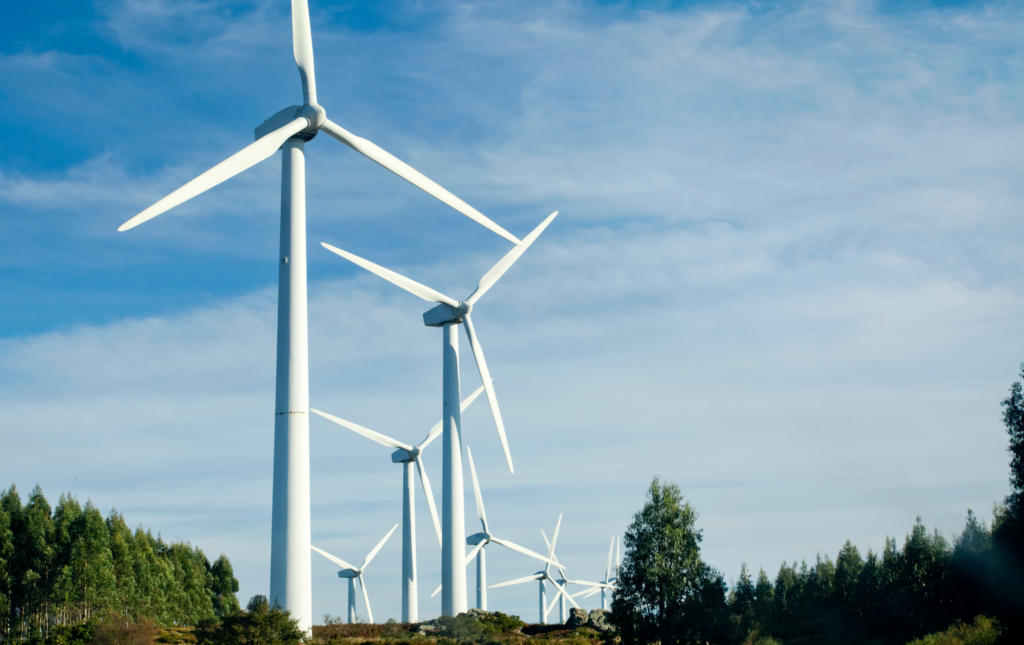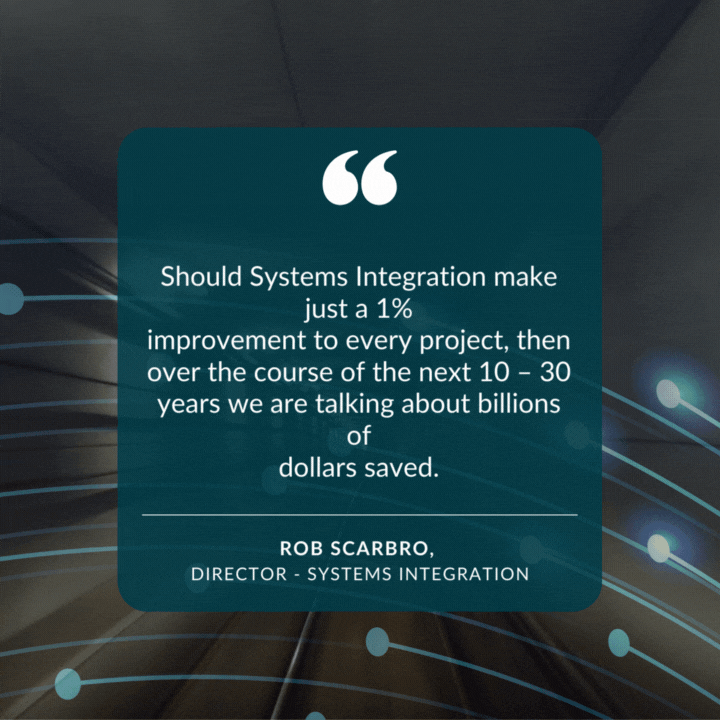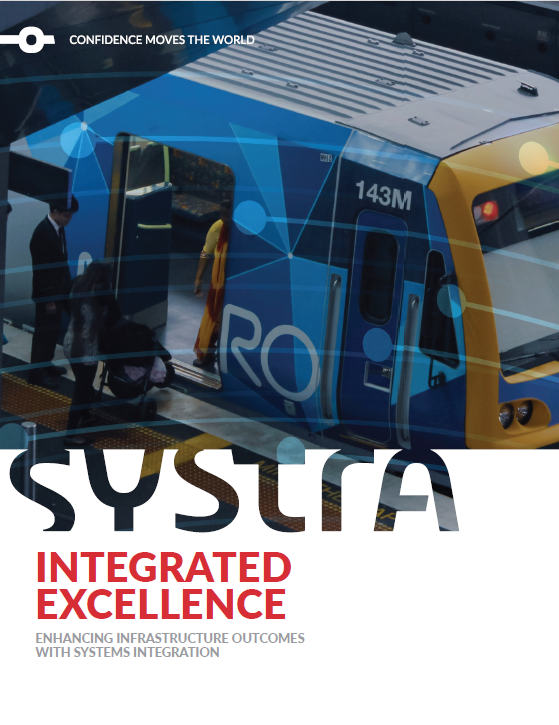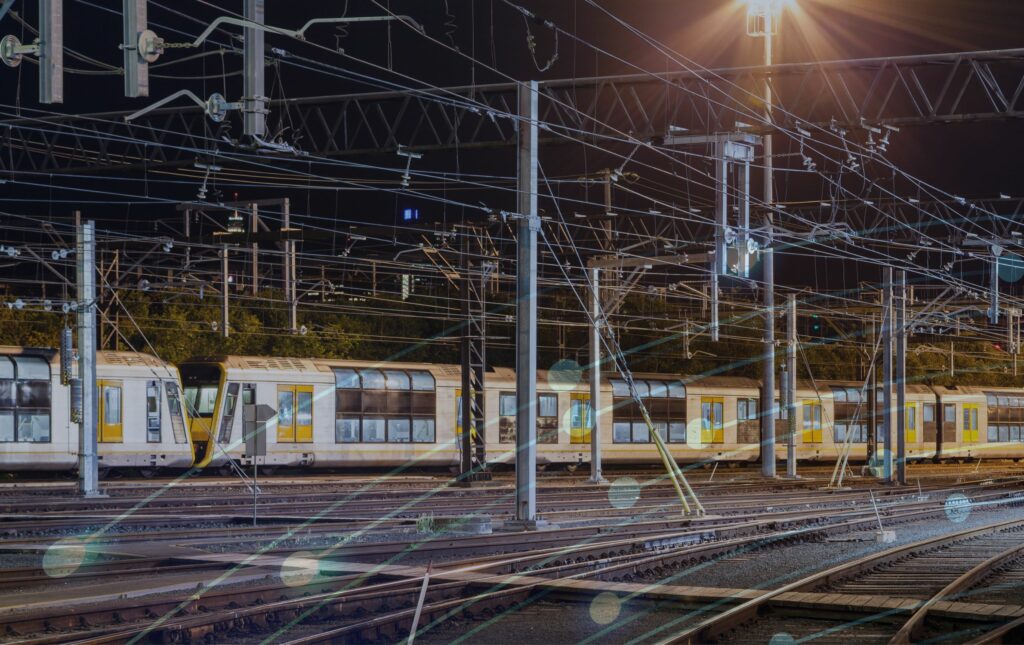As one boom draws to a close, another gathers momentum. In the coming years the Australian infrastructure pipeline will see many of the generational transport projects replaced by nation shaping investment focussed on ‘Energy Transition’.
A matter of human and environmental urgency, energy transition refers to the long-term structural change to how we generate and distribute power. As the world pursues net zero goals for 2050, traditional energy sources such as coal are being replaced by clean and renewable alternatives like wind, solar and pumped hydro.
To put the size of the transition into perspective, it is expected to cost Australia around AUD320 billion to 2050. This accounts for developing, operating, and maintaining generation, storage, and infrastructure investment. The speed of change is significant too. According to the Australian Energy Market Operator’s (AEMO) Step Change scenario, the renewable share of total energy generated will rise from 35.9 per cent in 2022 (Clean Energy Report, 2022) to 83 per cent by 2030-31, to 96 per cent by 2040, and to 98 per cent by 2050.
Given the high cost and urgency, Energy Systems Integration is essential. That is a coordinated and collaborative approach to planning and connecting new and existing infrastructure across geographical scale to deliver reliable, cost-effective energy services with minimal impact on the environment (International Institute for Energy Systems, 2016).
To ensure a successful transition, there are key lessons to be learnt from the transport boom.

Why we must look back to go forward
To ensure the energy transition boom is delivered in the most cost-effective, sustainable, and timely way, stakeholders should review the many highs and lows of the transport era.
Rob Scarbro, Director Systems Integration, SYSTRA ANZ says that the transport sector may hold the key to successfully transitioning the energy market.
“There are three main reasons why I believe the transport sector holds the key”, says Rob.
“Firstly, a rail network is like a micro city in that it encompasses all the infrastructure, systems, and technology an urban environment would have. It provides a glimpse into how to connect the many different energy systems available giving stakeholders a thorough understanding of the complexities involved.
“Secondly, both require major civil infrastructure development, systems integration, an integrated program delivery and stakeholder management to achieve outcomes. For instance, AEMO have estimated that 10,000 kilometers of new transmission lines worth $12 billion is required in the next decade to secure supply. A similar investment was required to build the Sydney Metro and Brisbane Cross River Rail.”
“And finally, for the last decade or so, stakeholders in the transport sector have been developing relationships, collaborating, and improving the way projects are delivered. And while the stakeholders in the energy transition may vary, many of the same players will again be present. Many of the contractors will better understand the enormity of what lays ahead and are ready to embed the lessons learnt from the transport era into the energy transition.”

Energy Systems Integration is a must
The energy grid as we know it is changing. Established in the 20th century it is adjusting to accommodate present needs. This modern energy system will transition from a largely centralised model to a decentralised grid whereby many sources of generation including households are entering the market. As this transition begins to take shape, policymakers should pursue a network wide approach to manage the grid. Opportunities for standardised approaches, clear standards and specifications then enable innovation, while minimising the risks associated when continually reinventing integration.
This network view, known as Energy Systems Integration (ESI) is a purpose-built approach aimed at removing many of the potential technical, physical, organisational, and legal barriers that exist to form a collaborative way forward.
From a project perspective, ESI removes complexity and adds greater transparency and accountability for each stakeholder to implement solutions that address the needs of the entire project rather than their individual package. It presents opportunities for the different parties to understand the benefits of harmonisation, to properly define responsibilities and identify risks.
Such is the importance of ESI, Rob believes it is the most important lesson to take out of the transport boom.
ESI allows for projects to be delivered in a more productive, efficient, and cost-effective manner.
For example, the way traditional infrastructure projects have been setup has led to railways being built with known issues related to interoperability, straining resources and costing time and money. We can’t make the same mistakes again.
Rob Scarbro – Director – Systems Integration
An added benefit of ESI is the multiplier effect. Should ESI de-risk a project while simultaneously delivering benefits related to productivity, efficiency, and cost, then the business case proposition improves. This can create greater momentum behind projects, spurring innovation, incentivising investment and producing better outcomes.
By improving project outcomes on a smaller and more consistent basis, then the multiplier effect is considerable. Rob adds, “Should ESI make even just a 1% improvement to every project, then over the course of the next 10 – 30 years we are talking about billions of dollars saved.”
Embedding Energy Systems Integration
The AEMO’s Draft Integrated System Plan 2024 advocates for a coordinated approach to meet energy transition needs. However, history would suggest that it is easier said than done. That is why lessons from the transport boom era could hold the key to success.
To embed ESI, there needs to be a holistic, program wide approach to energy transition. It requires a specialist team dedicated to it, whose responsibility it is to oversee the entire program. This allows for improved transparency and collaboration between stakeholders on each of the different packages while also mitigating potential risks before they result in cost-blowouts and compromised performance.
Transitioning energy systems is already complex and when the state of the economy and environment demands that cost and sustainability are inherently managed, ESI will be as important as any other delivery service.
Want more content like this?

Integrated Excellence
Our publication delves into the vital role of Systems Integration in infrastructure projects. As projects grow in complexity, the effective integration of technologies, systems, sub-systems and existing infrastructure becomes crucial for success.
By downloading this publication you will get a better understanding of how Systems Integration identifies and connects these components into a single, fully functioning whole, mitigating risks and improving transparency and decision-making.
Want more information?

- services
Systems Integration
Read more sur Systems Integration
- markets
Energy and Sustainability
Read more sur Energy and SustainabilityNeed more information?
For more information, please get in contact with us. Alternatively, if you wish to keep in touch please hit subscribe.


 Brazil
Brazil  Canada
Canada  Chile
Chile  China
China  Columbia
Columbia  Denmark
Denmark  Egypt
Egypt  France
France  India
India  Indonesia
Indonesia  Ireland
Ireland  Italy
Italy  Malaysia
Malaysia  Norway
Norway  New Zealand
New Zealand  Panama
Panama  Peru
Peru  Poland
Poland  Portugal
Portugal  Saudi Arabia
Saudi Arabia  Singapore
Singapore  South Korea
South Korea  Spain
Spain  Sweden
Sweden  Taiwan
Taiwan  Thailand
Thailand  Türkiye
Türkiye  United Kingdom
United Kingdom  United States
United States  Vietnam
Vietnam